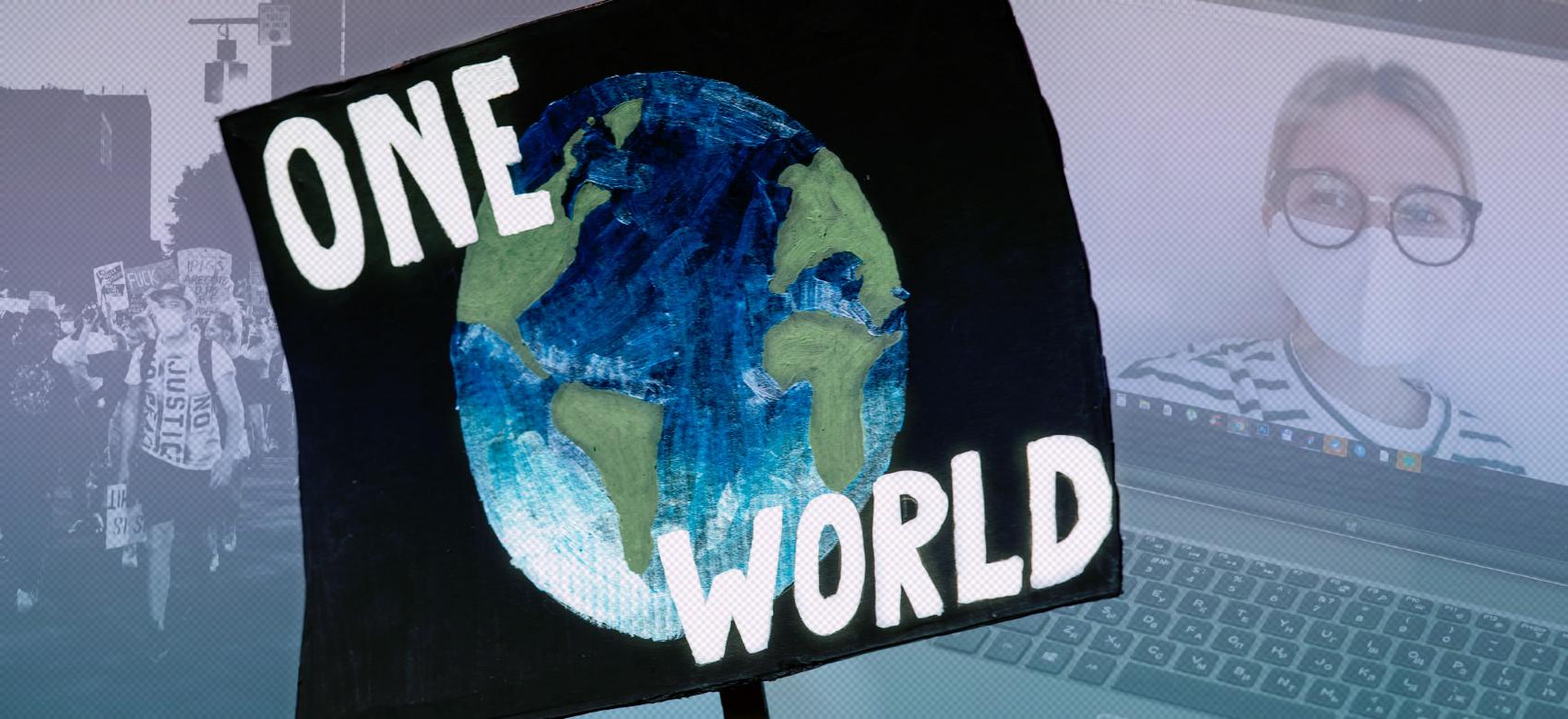What lies ahead for Fridays for Future and the youth climate movement

Students around the world returned to the streets in late September for a global day of climate action for the first time since these Fridays for Future protests had been interrupted in early 2020 by the coronavirus pandemic.
Fridays for Future — also known as the climate strike and Youth for Climate — began in 2018 when Swedish teenager Greta Thunberg, frustrated by the government’s lack of climate action, staged a series of protests outside the Swedish parliament. Over time, others joined in and the protests became a regular phenomenon with some marches garnering hundreds of thousands of people.
But with physical distancing measures in place across much of the world, the protests stopped and temporarily lost momentum. Given this break, does Fridays for Future have a future? As a researcher of social movements, and a teacher and parent, I have a number of reasons to think the youth climate movement is resilient, and will bounce back after COVID-19.
Motivation, commitment, networks, technology
People get involved in social movements for a variety of reasons. But one common starting point is concern about a particular issue. This is also true of youth climate activists, but their concern registers at an entirely different magnitude.
Many youth have an existential dread of what the climate crisis means for their future. Some question whether they have a future at all. Their commitment to change is significantly greater than it might be for other social movements.
Sociologists also look for the extent to which participants in social movements are connected through social networks. Because youth climate activism is often embedded within school based clubs and organizations, frequent interpersonal interaction tends to reinforce such ties, and in turn, commitment to participate.
The recent Global Day of Climate Action on Sept. 25 did not draw the same crowds as the previous year. But youth did participate with many activities, such as discussion panels, which took place online.
Some groups focused on responding to the Canadian government’s speech from the throne. Others organized groups online to phone local Members of Parliament. In Vancouver, where I live, small groups of youth wearing protective gear and observing physical distancing protocols staged protests outside the the offices of elected politicians.
The tech savviness of youth climate activists is another factor that enhances the prospects of the future of the movement. Youth use social media to stay connected, and to recruit new people. They attract attention from traditional media or bypass traditional media altogether, communicating directly to the public, often through images and videos.
The cycle of protest
A further reason why youth activism is likely to persist is that it is connected to what social movement scholar Sidney Tarrow has called a “cycle of protest.”
Tarrow and other researchers have been interested in how social movement protests diffuse throughout societies. They argue that there are periods characterized by heightened mobilization, protest and communication that flow from one sector to another.
Some examples of cycles of protest include the 1960s movements in the U.S. such as the civil rights, student and anti-war movements; the protests in Eastern Europe in the late 1980s and early 1990s that preceded the fall of the Iron Curtain; and the Arab Spring that occurred in Egypt, Tunisia, Libya and elsewhere in the early 2010s.
In North America, as my American colleague Dana Fisher has documented in her book American Resistance: From the Women’s March to the Blue Wave, a cycle of protest has been occurring since shortly after Donald Trump’s presidential inauguration in 2017, and this is not likely to end immediately after the presidential election on Nov. 3.
Recent climate strikes fed off this energy. It may also be one of the reasons why Black Lives Matter protests reached the scale they did after the killing of George Floyd. Some youth have been simultaneously involved in multiple social movements (dealing with the environment and also with racial injustices), and these synergies will likely continue to give fuel to future climate strikes.
Climate justice
While youth climate action seems destined to resume after COVID-19 subsides, it will probably take different forms in the future. It is difficult to anticipate the new tactics that youth activists will devise, but future youth climate action will likely link climate concerns to social justice, and take an intersectional approach.
Climate justice refers to the idea that there is a disjuncture between who has contributed to and benefited from producing the climate crisis by burning fossil fuels, and those who will be disproportionately negatively affected by it — and that that gap should be fixed. In the context of youth, this is an intergenerational inequity where older generations have contributed more to the problem, but youth will disproportionately face the consequences.
Because of this insight, youth are often more sensitive to other forms of climate injustice; they have been very active in connecting with Indigenous communities and groups, and Indigenous representatives have played key roles at past in-person climate events. Moving forward, justice issues are likely to become more central to climate protests.
David Tindall is a Professor of Sociology at UBC.
This article is republished from The Conversation under a Creative Commons license. Read the original article. To republish this article, please visit the original article.


